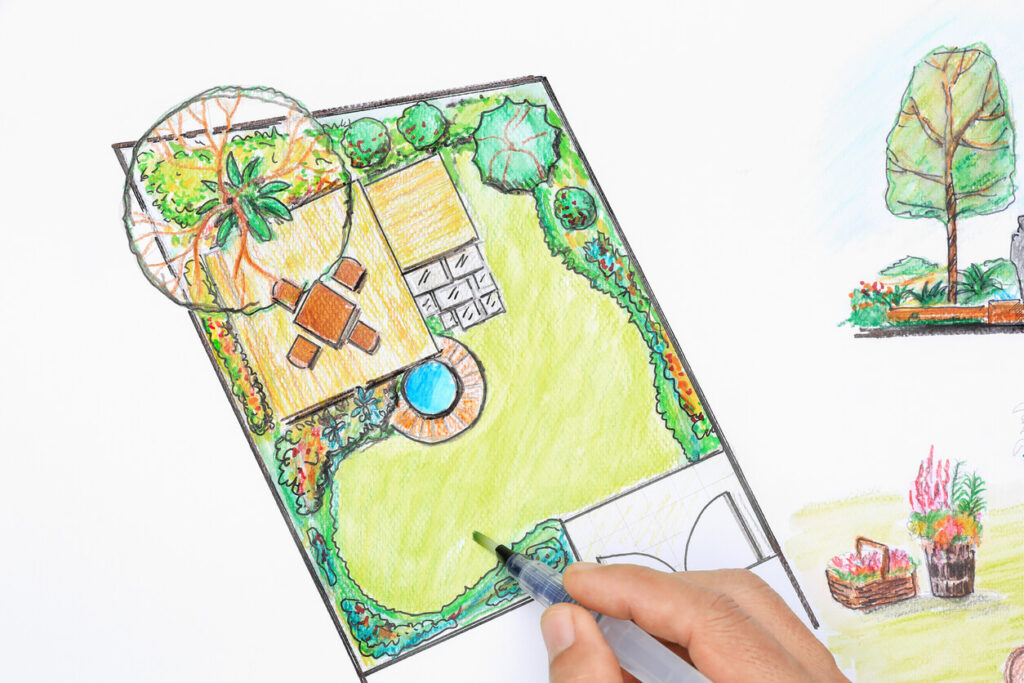Pansies can be used to brighten up any garden with cheerful colors. Pansy flowers symbolize ‘thought’ and are great plants for the early spring when you are waiting for your garden to come to life during the next growing season. These prolific and happy bloomers can produce flowers for extended periods and thrive in colder temperatures. Depending on the climate and how well they are protected from frost and heat, they can be grown as perennials or annuals. This guide will show you how to grow and plant pansies in your garden.
Ideal Soil Composition and pH for Growing Pansies
Pansies grow the best in well-draining, fertile soil. Pansies will also benefit from using a premium potting mixture. Planting pansies in the ground requires that you amend your soil with lots of organic matter and well-decomposed compost. Pansies love slightly acidic soil, so test your soil to ensure that they are grown in the best soil possible.
Can Pansies Grow in Shade?
Plant pansies in full or partial sun. Shade is especially beneficial in warmer areas, as the intense afternoon sunlight can cause plants to stop blooming. These plants don’t like the extreme heat and will soon become leggy if not protected.
Where to Plant Pansies
Pansies are hardy, so that they can be planted at least one month before the first frost date in most regions, specifically zones 2-9. The ideal temperature for pansies is between 45 and 65 degrees Fahrenheit. Pansies love cooler temperatures but should be kept outside in containers for at least a week to adjust to outdoor temperatures. The plants can then be moved to their permanent locations in pots or the ground after being placed outside in a protected area. Pansies planted in fall in areas with mild winters will flourish throughout the winter before resurging in early spring with new blooms.
Growing Pansies from the Seed
You can find pansies in most nurseries and garden centers. Because of their cold tolerance, pansies are often the first to flower in the spring. Pansies come in many different colors and can be grown indoors or in your garden. Although they can be easily propagated from seeds, pansies can take a long time to mature.
- Start seeds indoors approximately 10 to 12 weeks before the last frost date.
- Sprinkle pansy seeds onto the soil surface and then push them into the soil.
- Use warming mats or cover your seeds with a clear plastic covering to allow them to germinate for at least 14 days.
- Before transplanting outside, harden the seedlings for one week.
- Plant pansies outdoors four weeks before the last frost date.
How to Plant Pansies
Place pansies 8-10 inches apart. These perennial bloomers can reach a height of 6 to 9 inches and a spread of 10 to 12 inches. Proper spacing is crucial in preventing fungal diseases among these plants.
Before planting pansies, amend your soil with rich, organic material, decomposed wood materials, and worm castings. Keep pansies well-nourished throughout the growing season with manure, hay, and fertilizer. It would be best to feed your pansies plants with an acid-loving fertilizer every two to four weeks.
Watering Pansies
It would be best if you water your pansies regularly. Keep your plants hydrated until they become established; otherwise, they will wilt. Also, keep the soil moist but not too wet to ensure that your pansy plants continue to bloom throughout the growing season.
How to Prune Pansies
Deadheading pansies will cause them to bloom more vigorously and for a longer time. Cut off wilted flowers less than two inches below the flower head and cut the plants back during the warmest months. Add a few inches of organic mulch to retain moisture. As a result, pansies will reward you with stunning blooms when temperatures drop during the autumn.
Common Pansy Pests and Disease
Pansies are resistant to most garden diseases and pests, but it is important to be aware of the few that they are not including:
- Slugs
- Mildew
- Rust
- Mosaic Virus
- Aphids
The Best Pansy Varieties To Grow
Pansies are a fun plant because they come in so many varieties. You will need to order seeds for some rarer varieties, as they aren’t as easy to find for sale in some locations. Some popular varieties include the following.
- ‘Black Accord’ – Deep dark flowers that attract all sorts of visitors into your garden.
- ‘Cornuta’ – Produces a mixture of beautiful jewel-like colors, ranging from red to violet, yellow to orange, and blue.
- ‘Inspire Mulberry Mix’ – Large 3.5-inch blooms with variegated flowers.
- ‘Nature Rose Picotee’ – Purple pansies with white trim that will brighten up your garden.
- ‘Frizzle Raspberry’ – Produces stunning pink blooms with ruffled edges.





